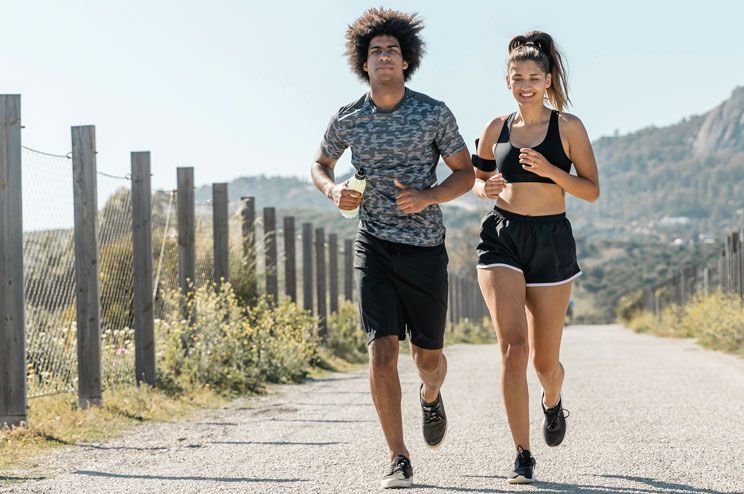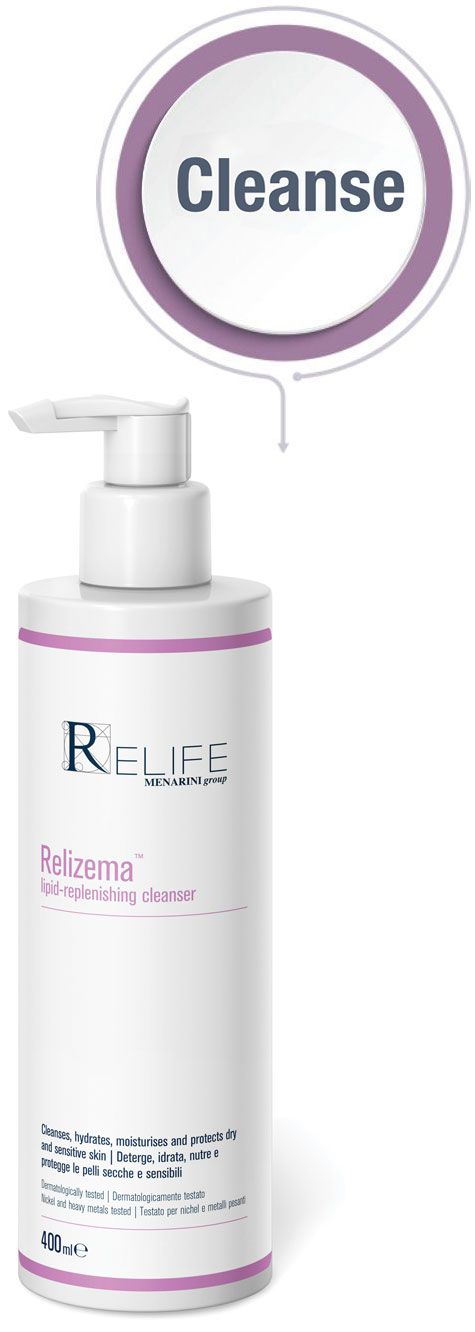Feeling fit in your skin:
inspiration, not perspiration
Journalist and Dublin Marathon runner, Oonagh O’Mahony,
outlines her key skin-protection points to follow when working out.
Journalist and Dublin Marathon runner, Oonagh O’Mahony,
outlines her key skin-protection points to follow when working out.
Feeling fit in your skin:
inspiration, not perspiration
Journalist and Dublin Marathon runner, Oonagh O’Mahony, outlines her key skin-protection points to follow when working out.

Sweating has an important function, notably, when we are exercising, as it helps to lower our body temperature. However, it can, simultaneously, cause other issues such as chafing.
Chafing is caused when our skin rubs against skin or material. It can happen anywhere on the body, but common sites include the thighs, groin, underarms, breasts and nipples. Consistent rubbing can cause the skin to redden, become tender and, in more extreme cases, the skin can be broken and bleed.
When we sweat, the moist skin is more susceptible to chafing. But, there are ways to protect that skin.
Stay dry: Reducing the amount of sweat on your body can help reduce friction. Therefore, for an active lifestyle, choose clothes with good wicking properties that will draw the moisture away from the body. You can also use talcum powders to help keep vulnerable areas dry.
Lubricate: Build a barrier for your skin using a petroleum jelly, or a similar product. There are a variety of products specifically designed for this purpose, but you may have to try out a few to find the one that works for you.
Treatment: It’s important to clean the area after your workout. This can sting. Afterwards, keep the area dry and use a cream to help heal any cuts or dry skin. If the damaged skin hasn’t healed before you head out again, be sure to treat it ahead of your next activity or you could exacerbate the problem

Relizema lipid-replenishing cleanser
An innovative combination of ingredients, which help to restore the natural skin barrier and increase skin water content.
FACE FORWARD
When we think of exercise, we usually think about our bodies, but we should also keep our face in mind. As we sweat, salt gathers on our skin, which can lead to clogged pores and breakouts. Therefore, it’s important to clean your skin shortly after your workout and to replenish with a hydrating moisturiser.
Factoid
The truth is, human sweat is mostly odourless. However, bacteria on the skin breaks sweat down into acids, which results in an unpleasant smell.
THE GREAT OUTDOORS
If you’re a fan of an outdoor workout, the number one skincare step is sunscreen. Even if it’s not sunny, your skin can be affected by ultraviolet (UV) rays through cloud cover, so never leave home without it!
HYDRATION STATION
Sweating is also a sign that you are well hydrated. It should also be a reminder to rehydrate. As well as losing fluids when we sweat, we also lose electrolytes – sodium, calcium, potassium, chloride, phosphate, and magnesium – which can be replenished through food and liquids after working out.
Factoid
The truth is, human sweat is mostly odourless. However, bacteria on the skin breaks sweat down into acids, which results in an unpleasant smell.

Relizema lipid-replenishing cleanser
An innovative combination of ingredients, which help to restore the natural skin barrier and increase skin water content.